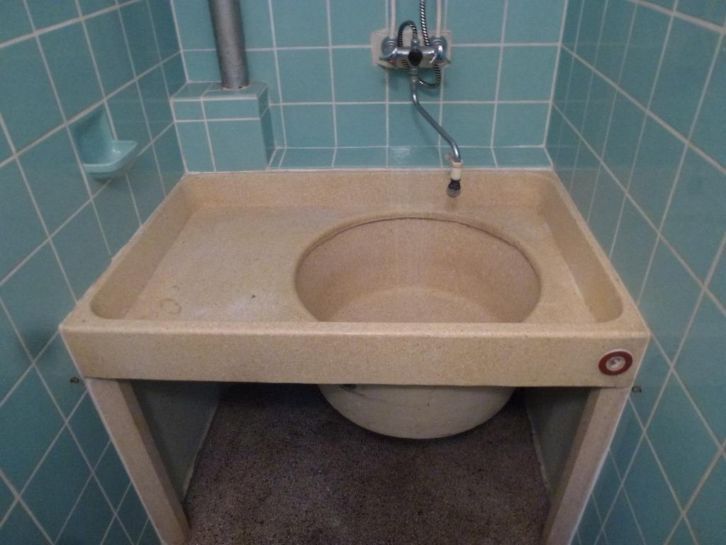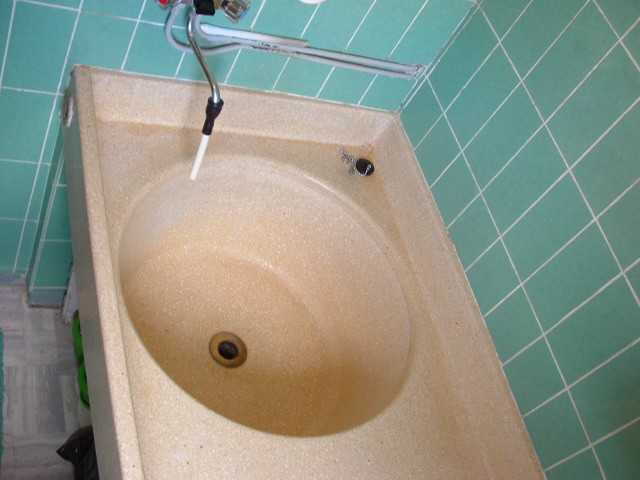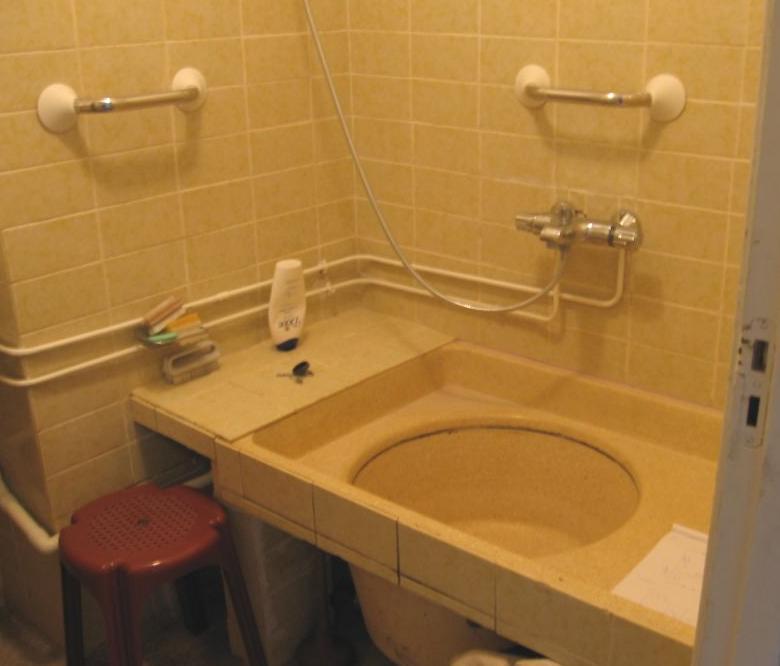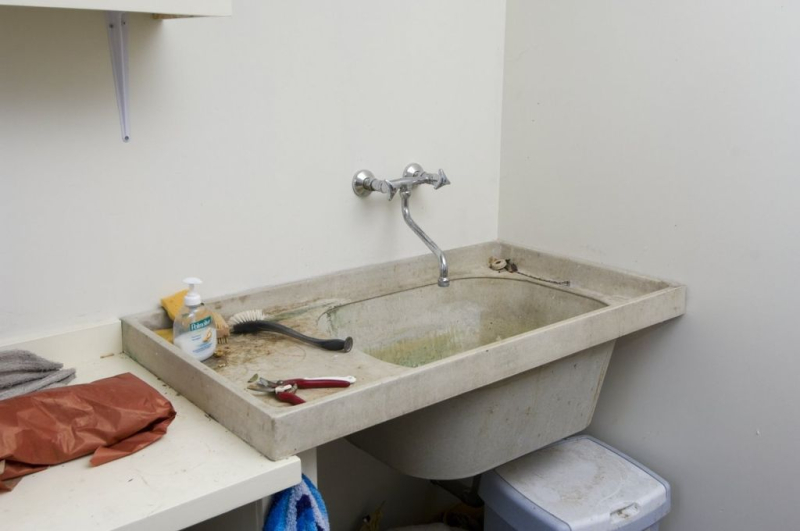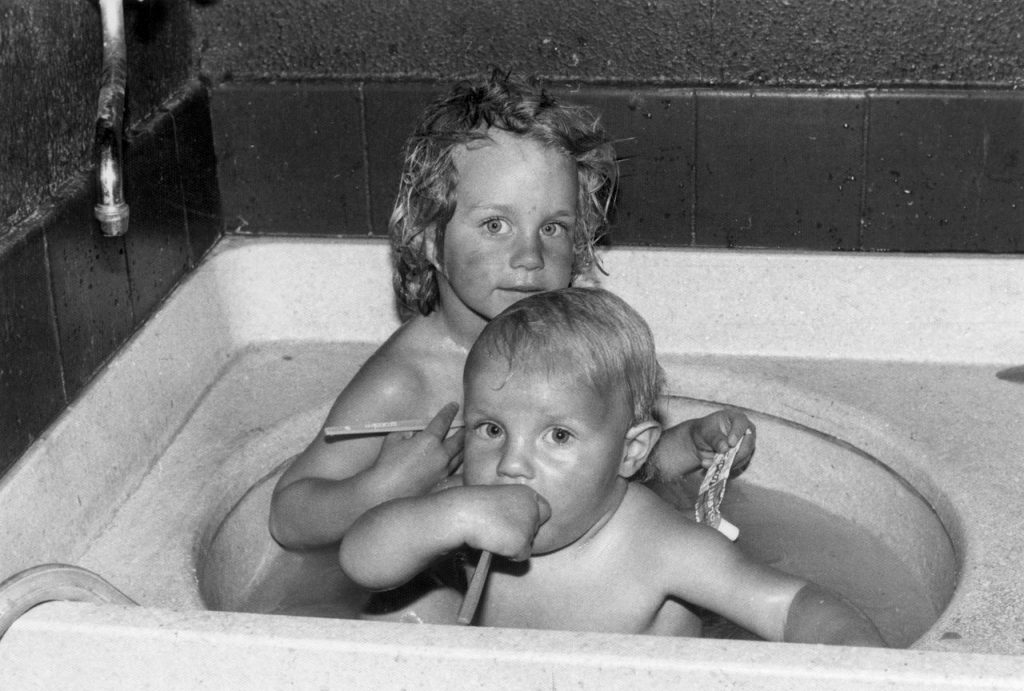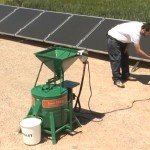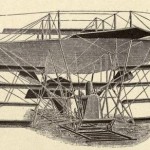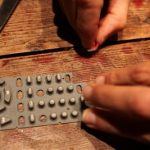Image: Marktplaats.
The lavet is a typically Dutch invention that was mainly used in social housing in the 1950s and 1960s. It was produced up to 1975, with a total production of about 1 million. The lavet is somewhere between a sink and a bathtub. It consists of a plateau with a raised edge, in which on one side is a 40 cm deep tub with a diameter of almost 60 cm. Unique to the design is the multi-functionality. The lavet fulfilled the functions of a bathroom and laundry room but required only one square meter of space.
The tub was very suitable for washing (several) children, but adults could also take a hip bath with some dexterity. There was even the possibility to take a shower standing in the tub. The lavet was also great for hand washing clothes. The manufacturer of the washbasin marketed a washing machine and accompanying centrifuge that fit in the washbasin. The tub was also practical for gardeners: they could rinse large quantities of vegetables in it before preserving them.
Image: Marktplaats.
Image: Ralph van der Kamp. Source: Joostdevree.nl.
Image: Rijksdienst voor het Cultureel Erfgoed.
Thanks to Melle Smets.
Sources:
Update:
Reader Ramino sends us some information about a similar artifact in Argentina. “The MASI (Mueble Artefacto Sanitario Integral) was developed by the Argentinian research institute CEVE (Centro Experimental de la Vivienda Económica, a joint between an NGO and the national research council). It is (was?) made of plastic, to make both production and installation simpler and cheaper, as it is designed for cheap social housing. It seems there are two versions (one wider, and one more compact), which integrate sink, toilet and shower, and the main idea is to reuse the sink’s greywater to fill the toilet’s deposit. Unfortunately, I don’t think it has had a very big adoption.” See:
